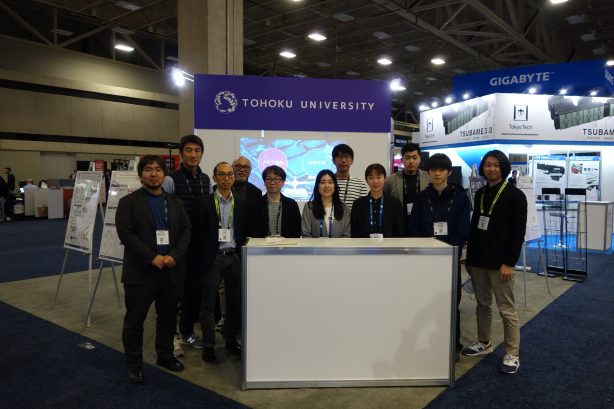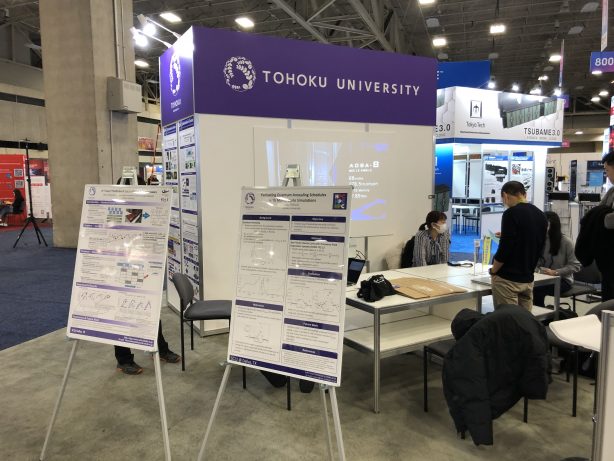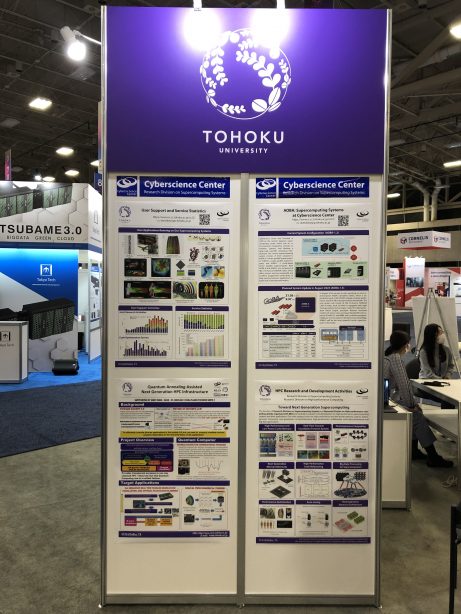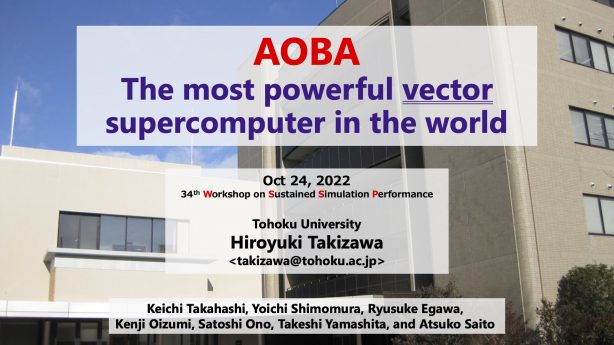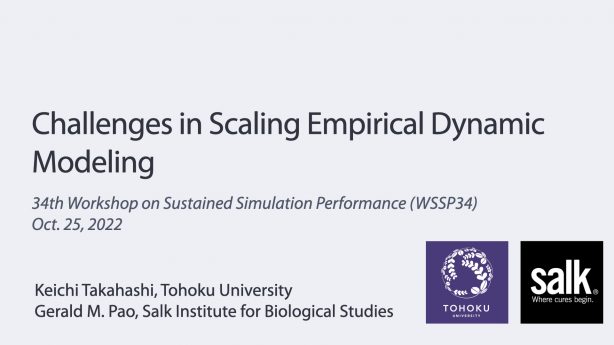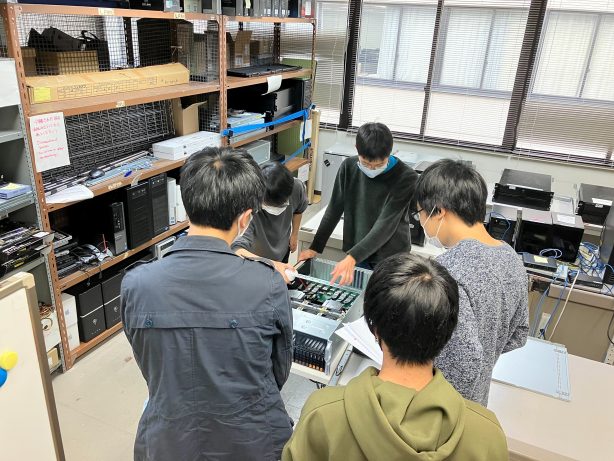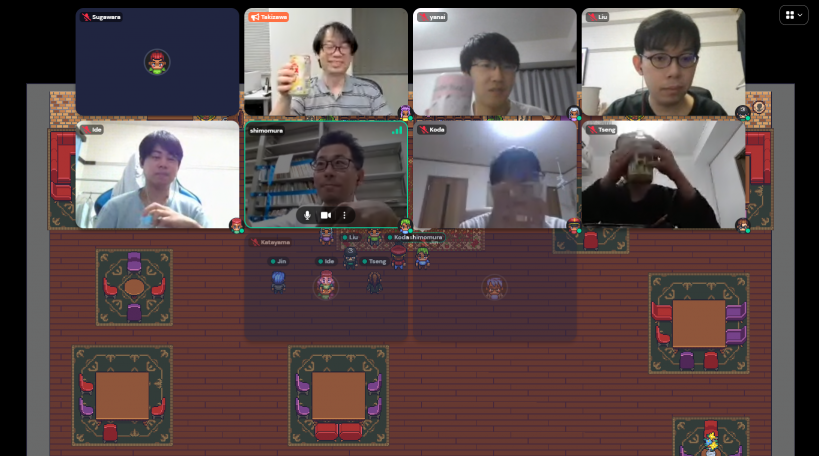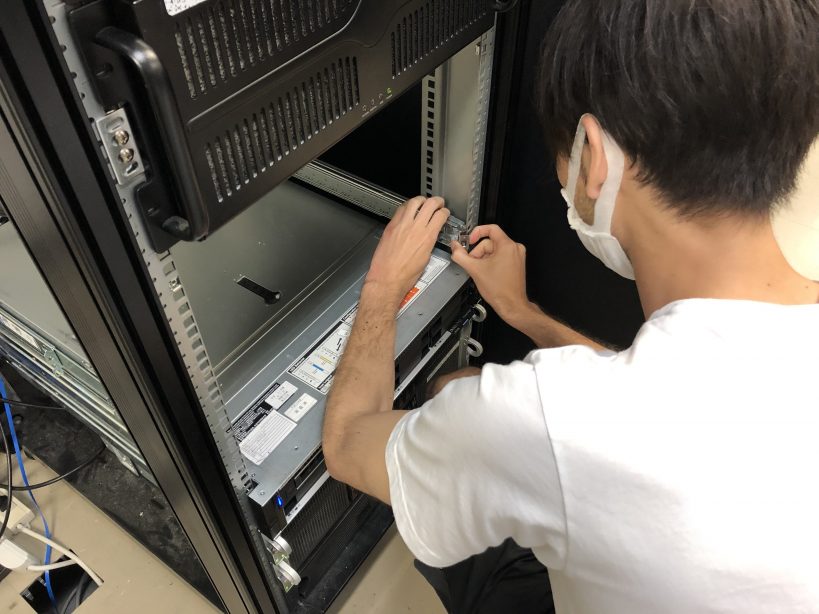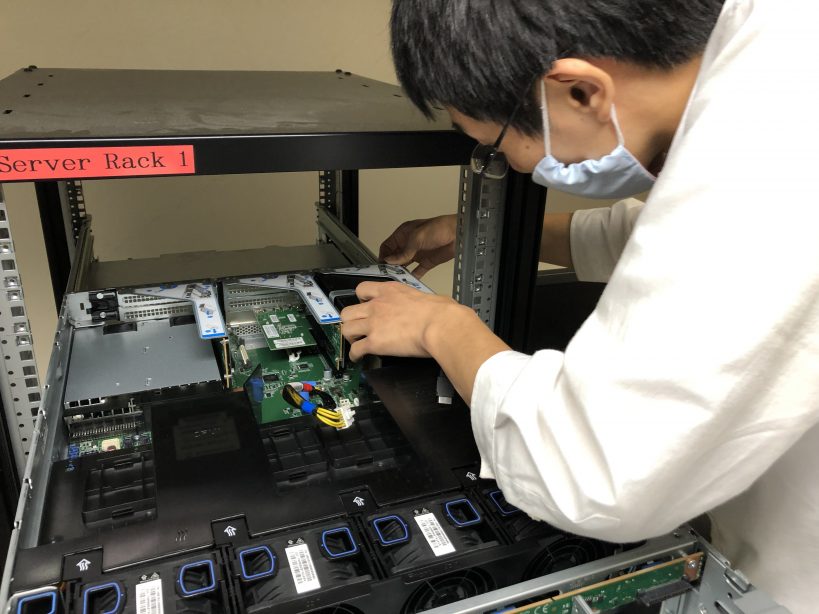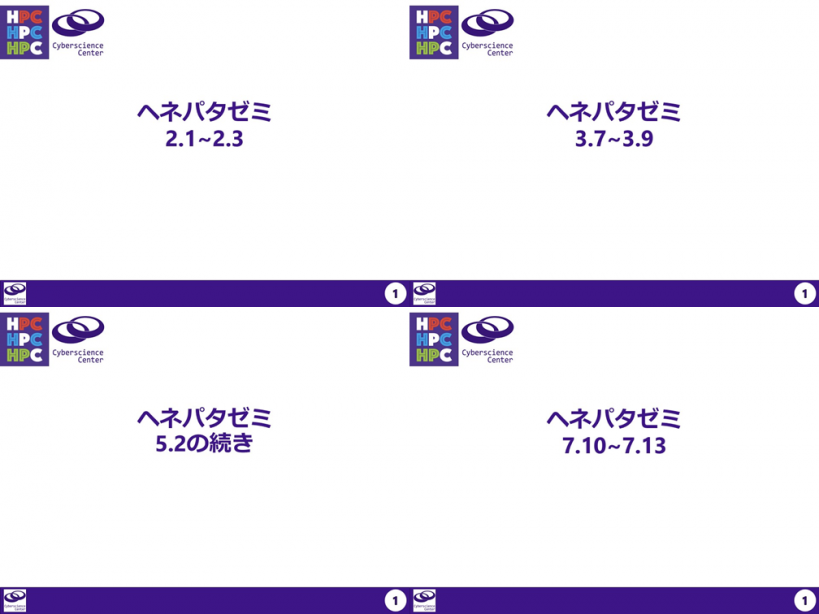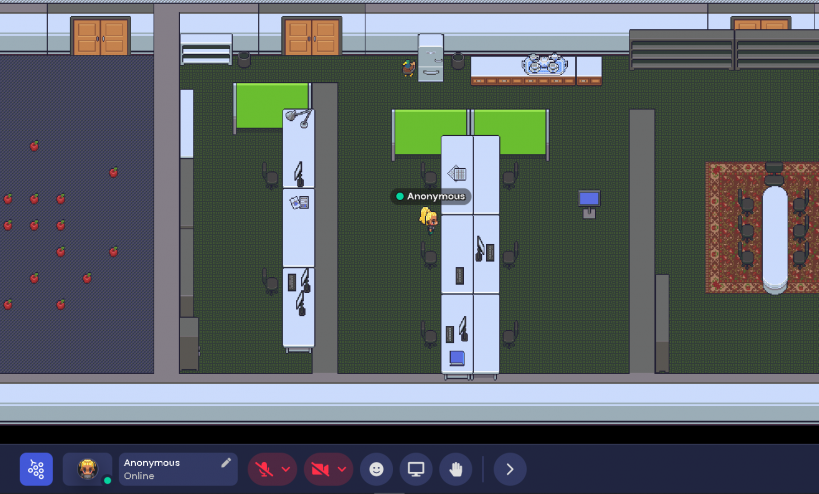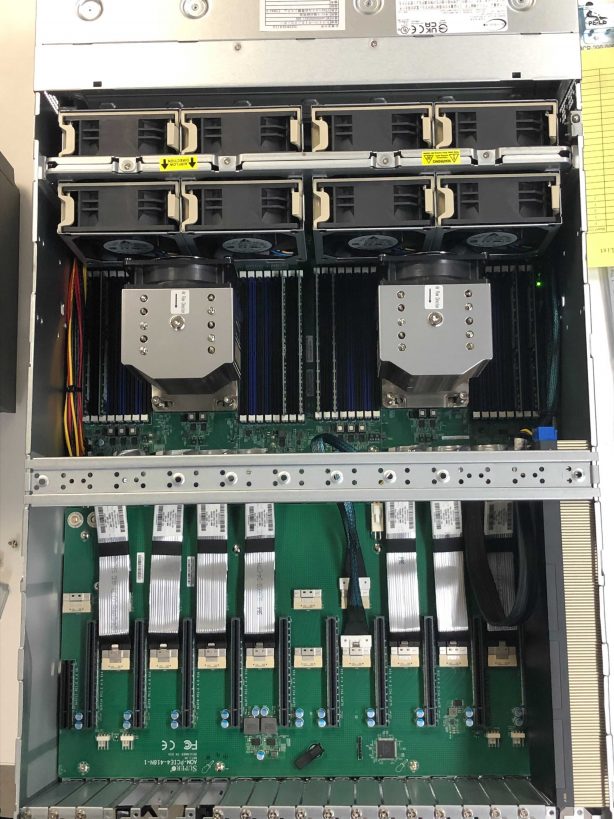Hi, my name is Mike Zielewski, and I’m in the second year of my doctoral program.
All PhD students in the Graduate School of Information Sciences are required to present their research progress to the graduate school at least once during their studies. This presentation is typically done in the second year of the doctoral program, when most students have conducted some amount of novel research. Anyone can attend these presentations, including other students, staff, and professors.
Since anyone is allowed to attend, students are encouraged to present in such a way that even someone from a completely foreign field can understand the work. This is important because if descriptions are too detailed, then very few people will understand the research presented. On the other hand, if the presentation is too vague, students may not be able to convey the significance behind the work. Because finding such a balance to efficiently and effectively communicate ideas is so important in research, the graduate school allows attendees to vote for the best presentations.
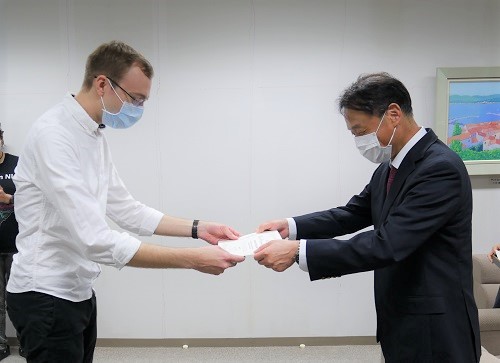
I am honored to have been one of the students who received a best presentation award. I believe the environment created by this lab was instrumental in my ability to create effective presentations. First, the lab provides ample opportunities to present our progress, and thus practice public speaking. Additionally, professors in the lab provide constructive criticism and encourage the use of descriptive figures.
In fact, I think these are two of the most important skills for presentations. Speakers should be able to present their work clearly and concisely, so as to avoid confusion and keep the attention of the audience. Figures and images should work as visual aides that summarize ideas without being overly complex. Finally, presentations should be adapted to the audience, as there are some situations where it is not only acceptable, but expected, to go into the fine details of the work.
I appreciate the opportunities this lab has provided and I look forward to further developing my presentation skills that I can use throughout my career.
